Ascent to the Calvary
Oil on oak board, cm 33 x 48
With frame, cm 54 x 67
The legend tells of a young man of noble spirit, Jacques Callot, who, animated by an irrepressible passion for the figurative arts, disdained the comforts of a comfortable dwelling to pursue the dream of Rome, cradle of the muses. Twice, defying the authority of his father, he moved away from his native roof to go to the court of the Duke of Lorraine, where the expectation of an existence more consonant with his artistic ideals encouraged him. Callot’s career is divided into an Italian period (c. 1609-21) and a Lorraine period (France) (from 1621 until his death). In 1608 he was in Rome, under the expert guidance of the engraver Philippe Thomassin; here the young Callot began to refine his technique, dedicating himself to the reprouzione of majestic works, jealously guarded in the sacred residences of the Eternal City. With an almost sharpness, he immersed himself in the study of the Flemish masters and the refined mannerists, absorbing their style and craftsmanship. His artistic career experienced an unexpected radiance in 1612, when he was welcomed with enthusiasm at the sophisticated court of the Medici in Florence. In that environment of exquisite elegance, Callot’s talent found fertile ground. With an incisive stroke and an unparalleled wit, he gave life to a work rich in nuances, portraying scenes of everyday life with a surprising truthfulness: exuberant fairs, opulent parties, representations of the comedy of art, grotesque figures and beggars, vain courtiers and hunchbacks with contorted faces. After the death of Duke Cosimo II, in 1621, Callot returned to Nancy, where, at the service of the Lorraine court, he continued painting and engraving, giving shape to fanciful visions and scenes from everyday life.



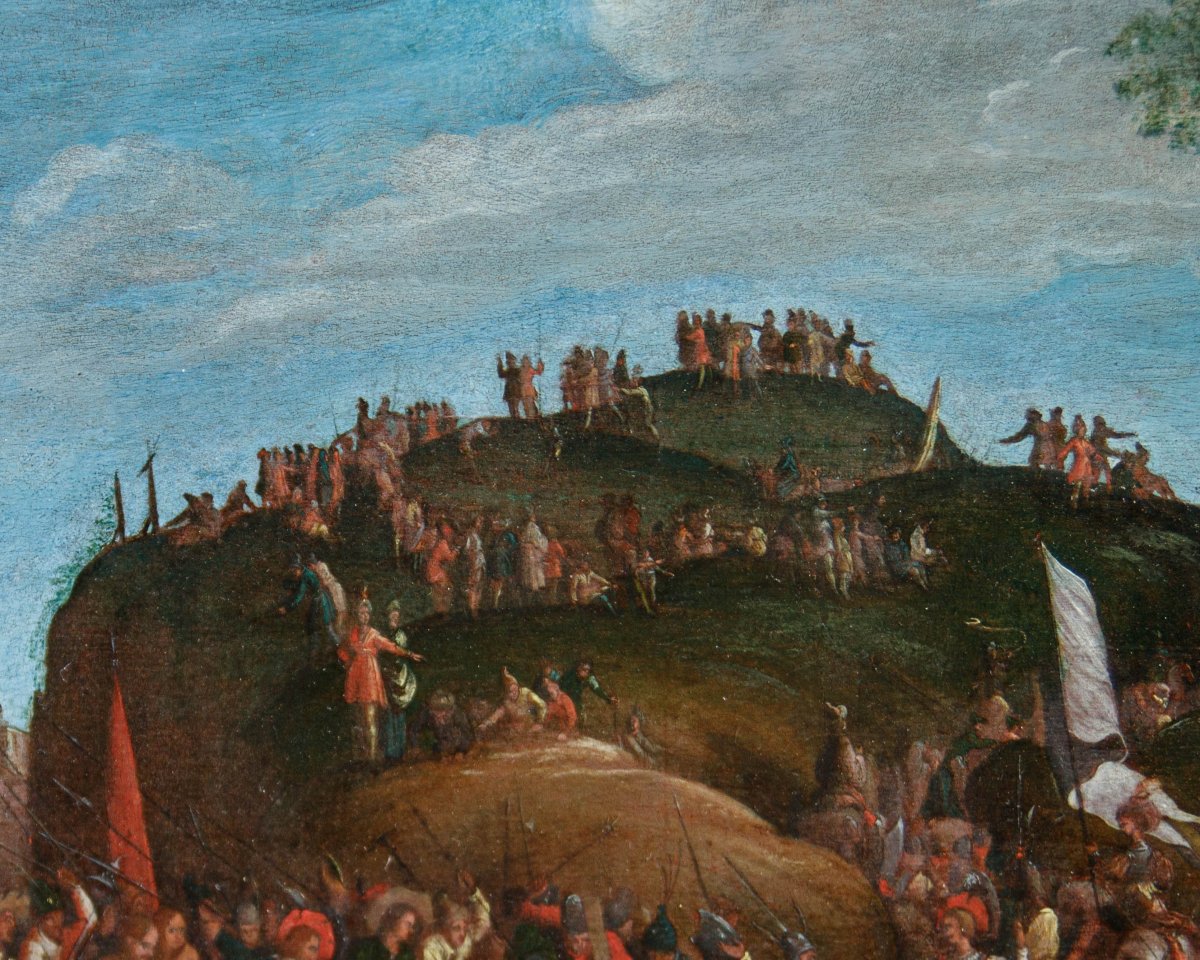
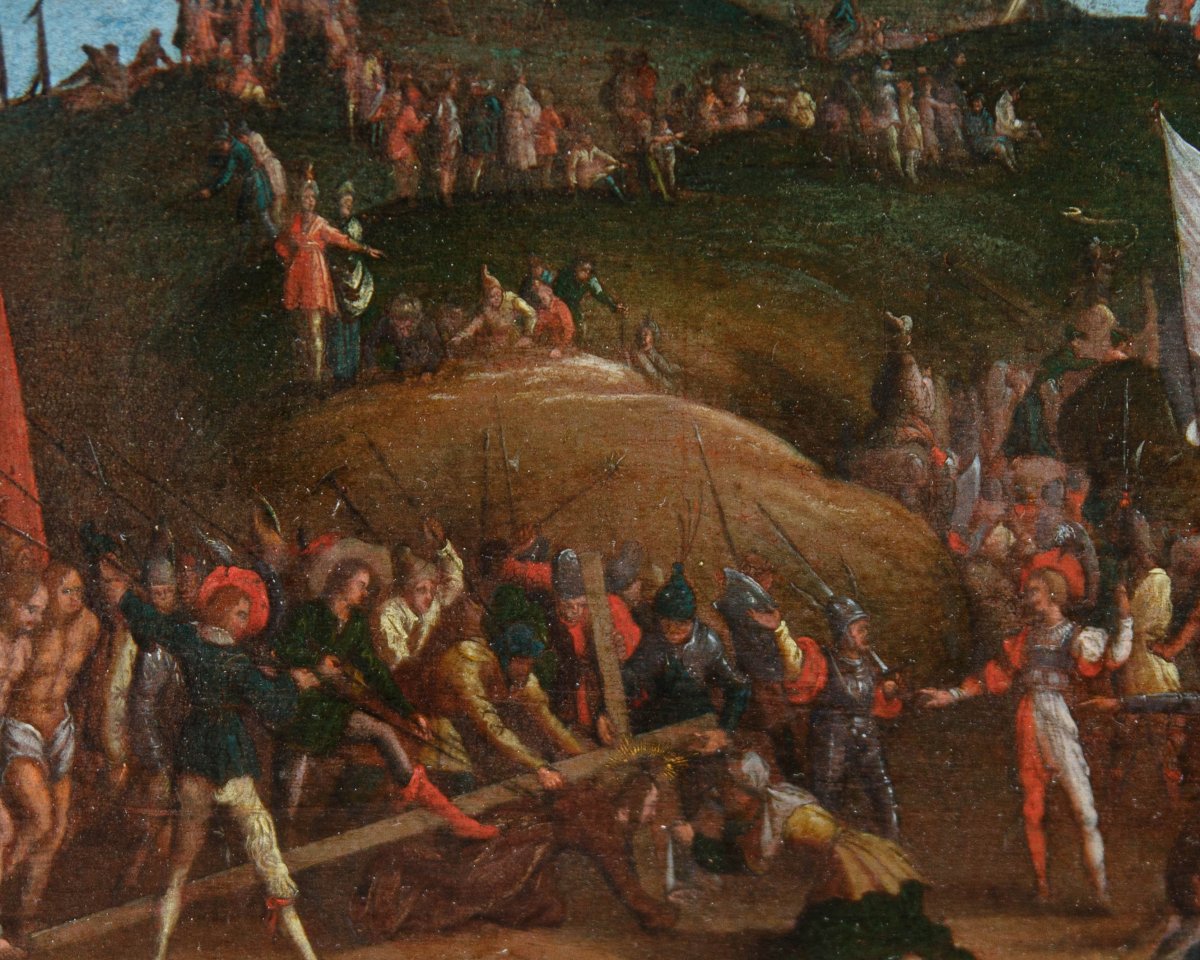
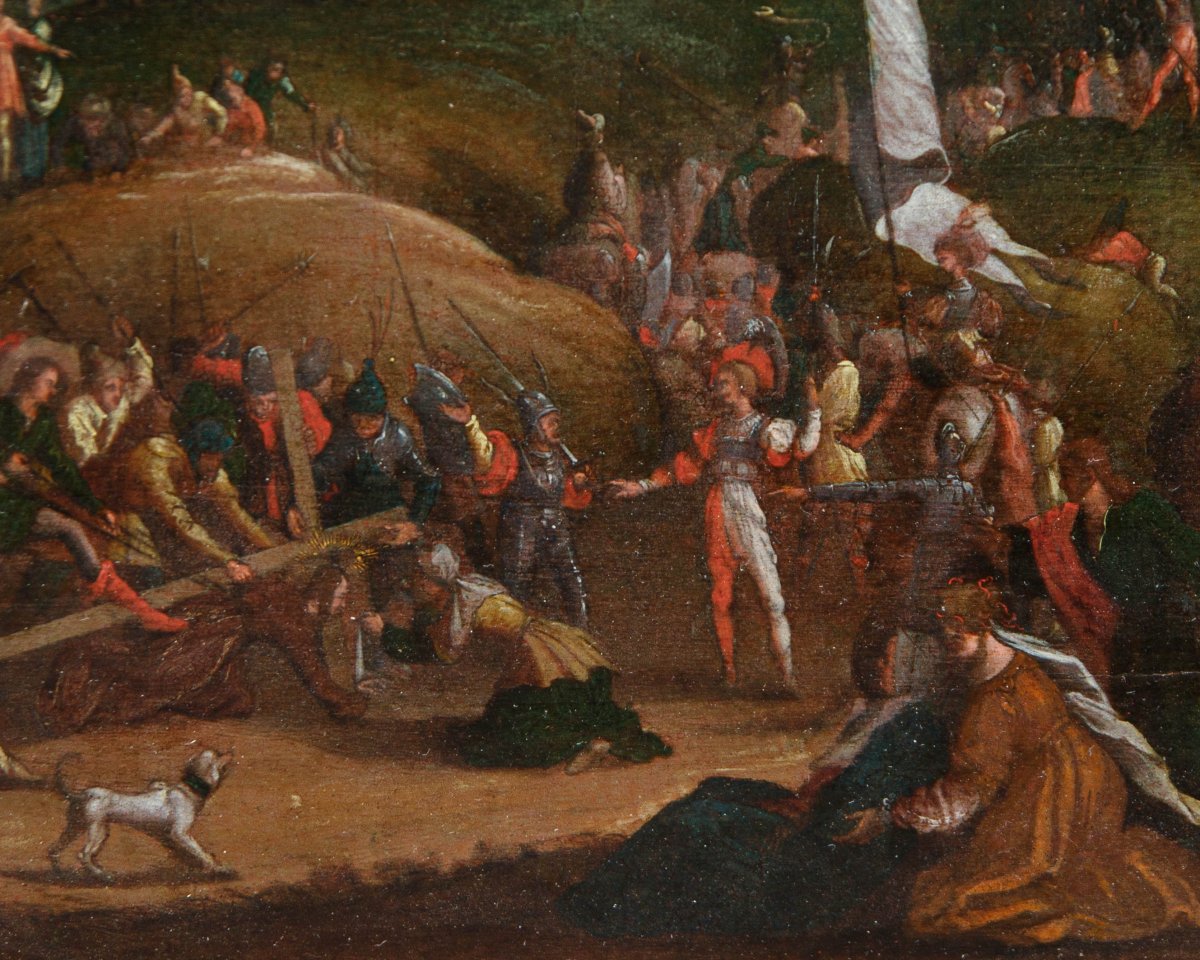

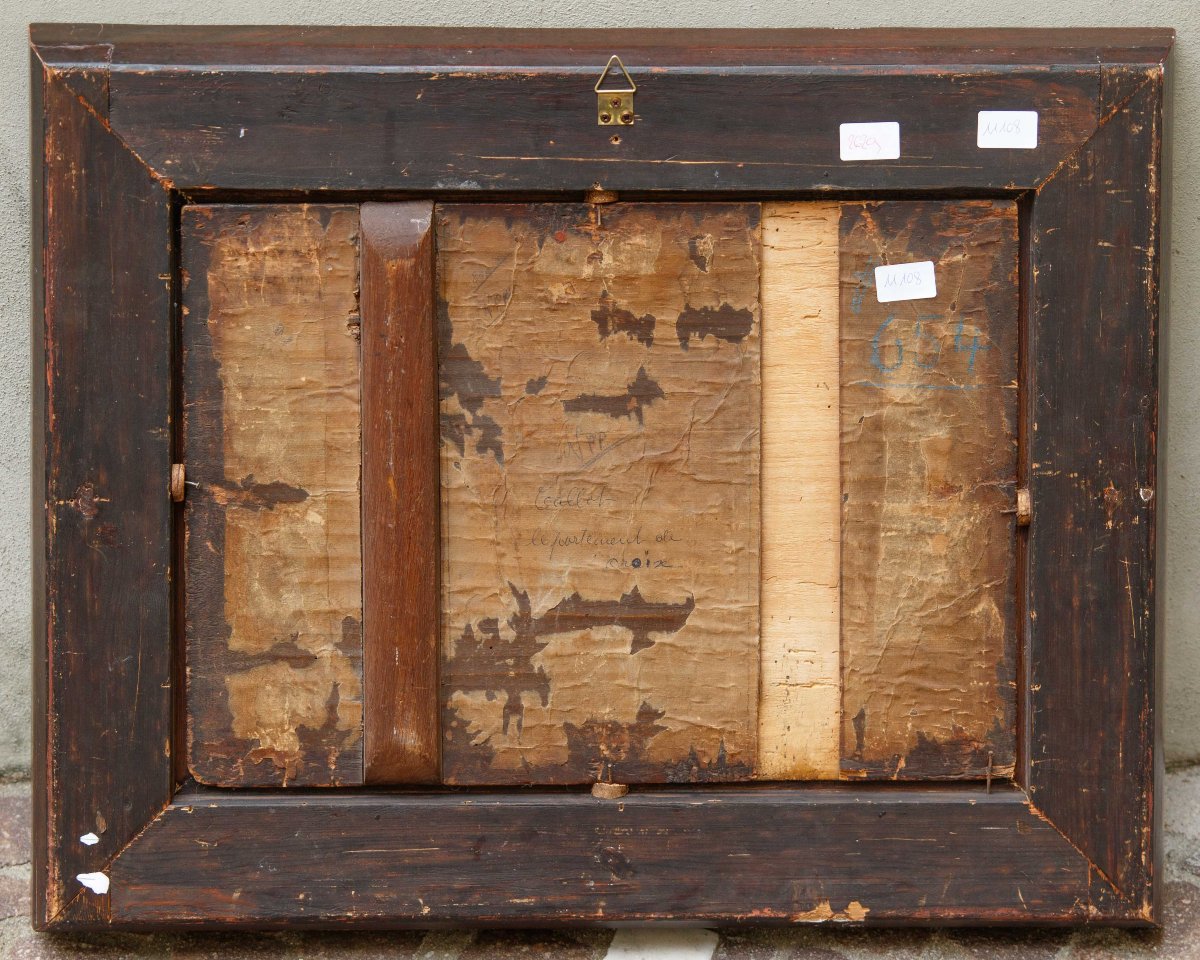
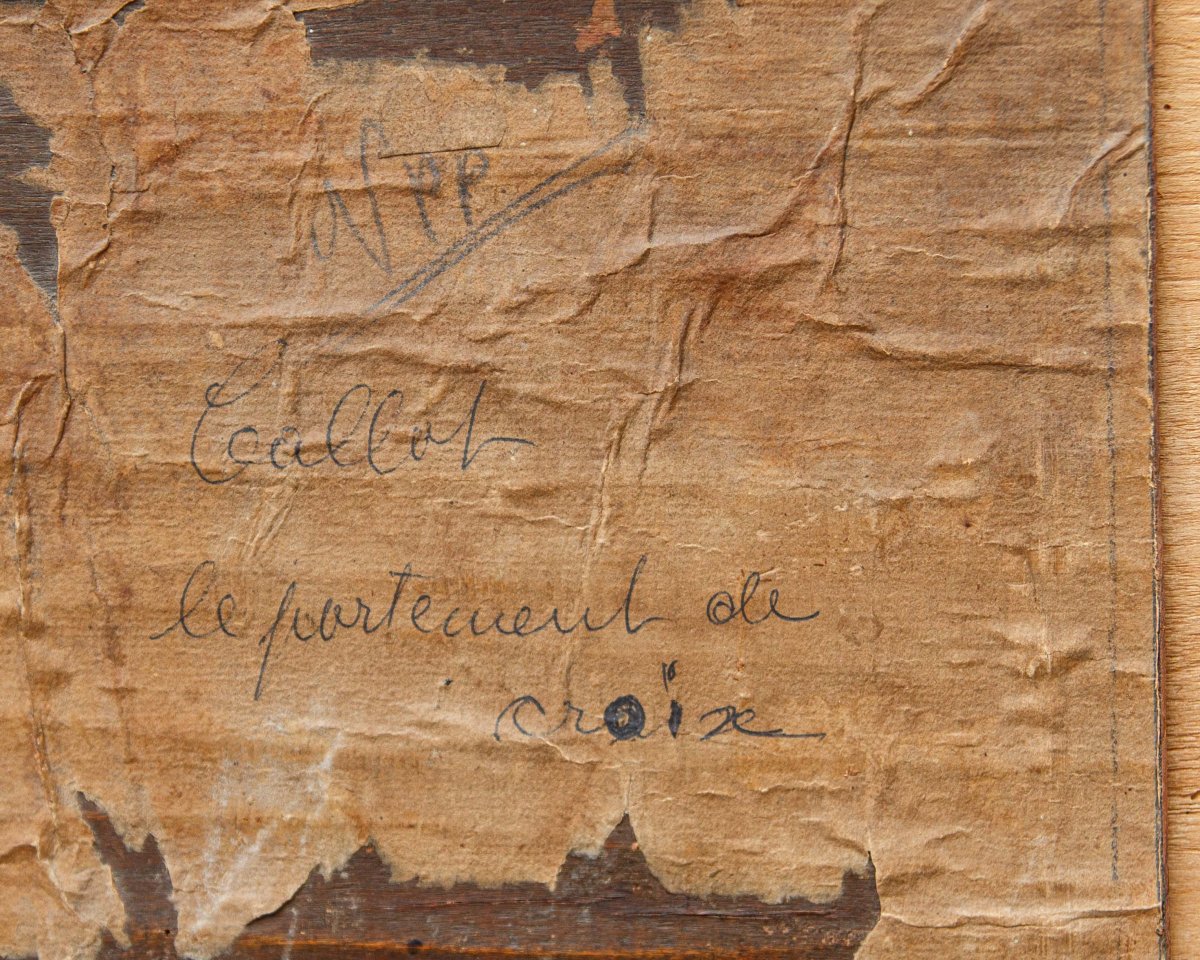

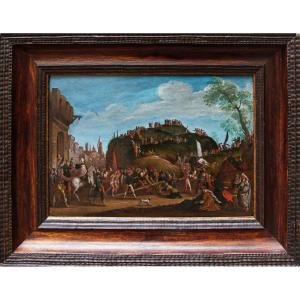









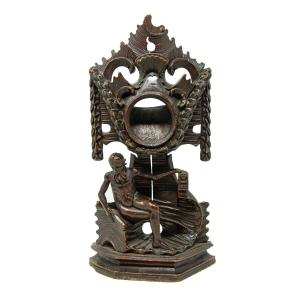




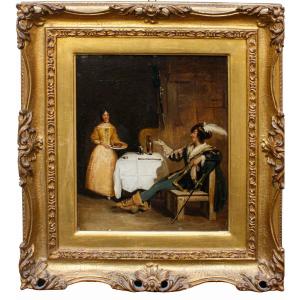




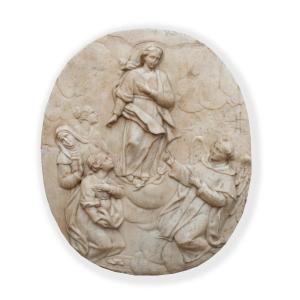
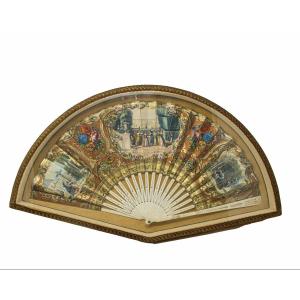
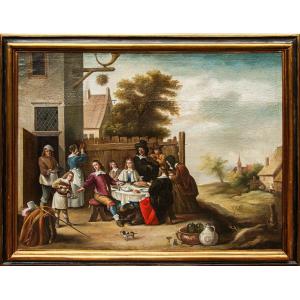

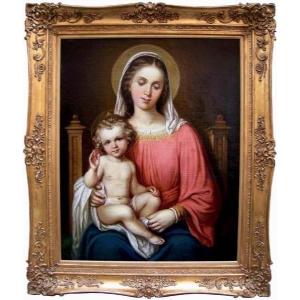

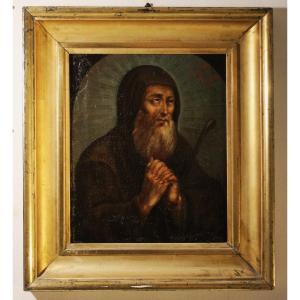





 Le Magazine de PROANTIC
Le Magazine de PROANTIC TRÉSORS Magazine
TRÉSORS Magazine Rivista Artiquariato
Rivista Artiquariato